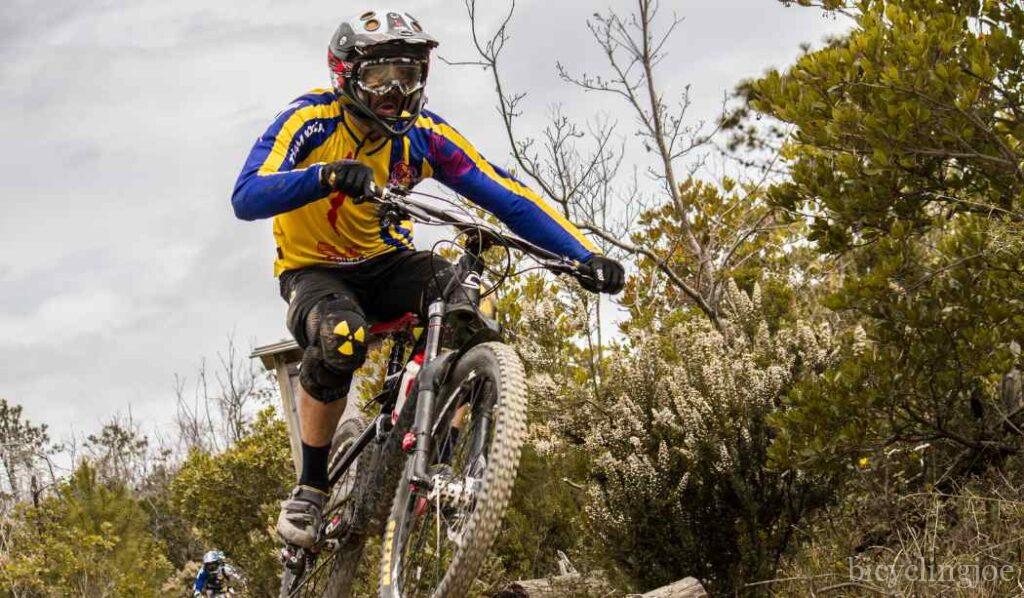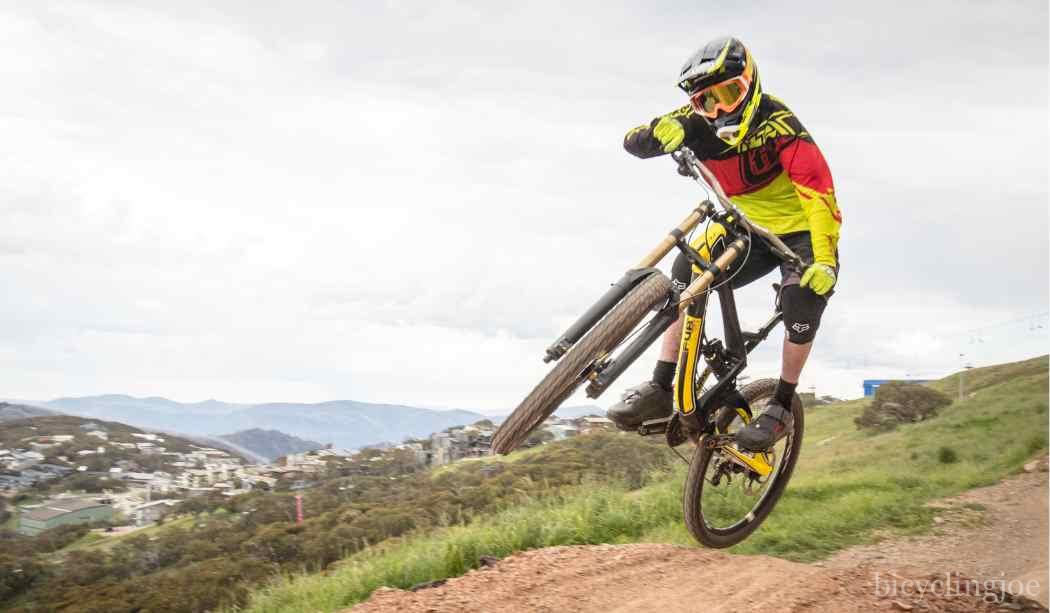
Table of Contents
Body Armor for MTB: Protecting Yourself on the Trails
Mountain biking is an exhilarating sport that takes riders through challenging terrains and adrenaline-pumping descents. Despite the unmistakable excitement, safety should always come first. This is where body armor for mountain biking (MTB) comes into play. In this article, we’ll explore the importance of body armor and guide you through the essential aspects of choosing the right protection for your MTB adventures.
Why Do You Need Body Armor for MTB?
Mountain biking is not without its risks. Trails can be rocky, root-strewn, and filled with obstacles that can lead to accidents. Body armor is designed to minimize the risk of injury by providing crucial protection to key areas of your body. Here’s why it’s essential:
1. Impact Protection
Body Armor for MTB, such as padded vests and elbow/knee guards, offers vital impact protection. In the event of a fall or collision with a hard surface, these pads absorb and distribute the force, reducing the risk of fractures, bruises, and abrasions.
2. Joint Support
Body Armor for MTB includes joint protection like knee and elbow pads. These not only shield your joints from impacts but also provide support, reducing the risk of hyperextension during sudden stops or crashes.
3. Spinal and Chest Protection
For riders who tackle aggressive downhill or enduro trails, full upper body armor with a spine protector and chest plate is crucial. This gear shields your vital organs and spine from potential impacts and injuries.
4. Confidence Boost
Knowing you’re adequately protected can boost your confidence on the trails. Body Armor for MTB can translate into better control and enhanced performance, allowing you to push your limits safely.
Types of MTB Body Armor
MTB body armor comes in various forms, each designed to cater to specific needs and riding styles. Here are some common types:
1. Chest Protectors
Chest protectors are essential for downhill and enduro riders. They safeguard your chest and back from impacts and are often worn over or integrated into a jersey.
2. Elbow and Knee Guards
Elbow and knee guards are lightweight, flexible, and ideal for cross-country and trail riders. They provide protection without compromising mobility.
3. Full-Face Helmets
While not strictly body armor, full-face helmets are integral for downhill and extreme riders. They protect your head, face, and jaw in case of a high-speed crash.
4. Padded Shorts
Padded shorts have built-in foam padding to shield your hips, thighs, and tailbone from impacts. They are suitable for riders who tackle challenging terrains.
5. Neck Braces
Neck braces help prevent neck and collarbone injuries in the event of a fall. They are crucial for riders who engage in high-risk disciplines like downhill racing.

Choosing the Right Body Armor
Selecting the right body armor for MTB involves considering several factors:
1. Riding Style
Your riding style dictates the type of armor you need. Downhill riders require more extensive protection, while cross-country riders can opt for lighter gear.
2. Fit and Comfort
Body armor should fit snugly but not restrict movement. Look for adjustable straps and breathable materials for comfort during long rides.
3. Certification
Ensure that the armor meets safety standards such as CE certification. This indicates that it has undergone rigorous testing for impact protection.
4. Durability
Invest in durable body armor that can withstand repeated use and abuse. Keep an eye out for excellent fabric and stronger stitching.
5. Price
While cost is a consideration, your safety should be the top priority. Quality body armor is an investment that can prevent injuries and medical bills.

Conclusion
Mountain biking is all about adventure and pushing boundaries, but safety should never be compromised. Investing in high-quality body armor tailored to your riding style can make all the difference in ensuring that your MTB journeys are both thrilling and safe. So gear up, hit the trails, and enjoy the ride with peace of mind knowing you’re protected. Also read our simple guide on MTB Clipless Pedals
FAQs
1. Is body armor necessary for casual mountain biking?
While not mandatory for casual riders, body armor provides an extra layer of protection that can prevent injuries during unexpected falls or accidents.
2. Can I wear body armor under my regular cycling clothes?
Yes, many types of body armor are designed to be worn comfortably under your regular cycling attire.
3. How often should I replace my body armor?
Replace body armor if it shows signs of wear and tear, such as damaged padding or compromised straps. Regularly inspect your gear to ensure it’s in good condition.
4. Do I need a full-face helmet for trail riding?
A full-face helmet is not necessary for most trail riding. It’s primarily recommended for downhill, enduro, and extreme riding where higher speeds and risks are involved.

